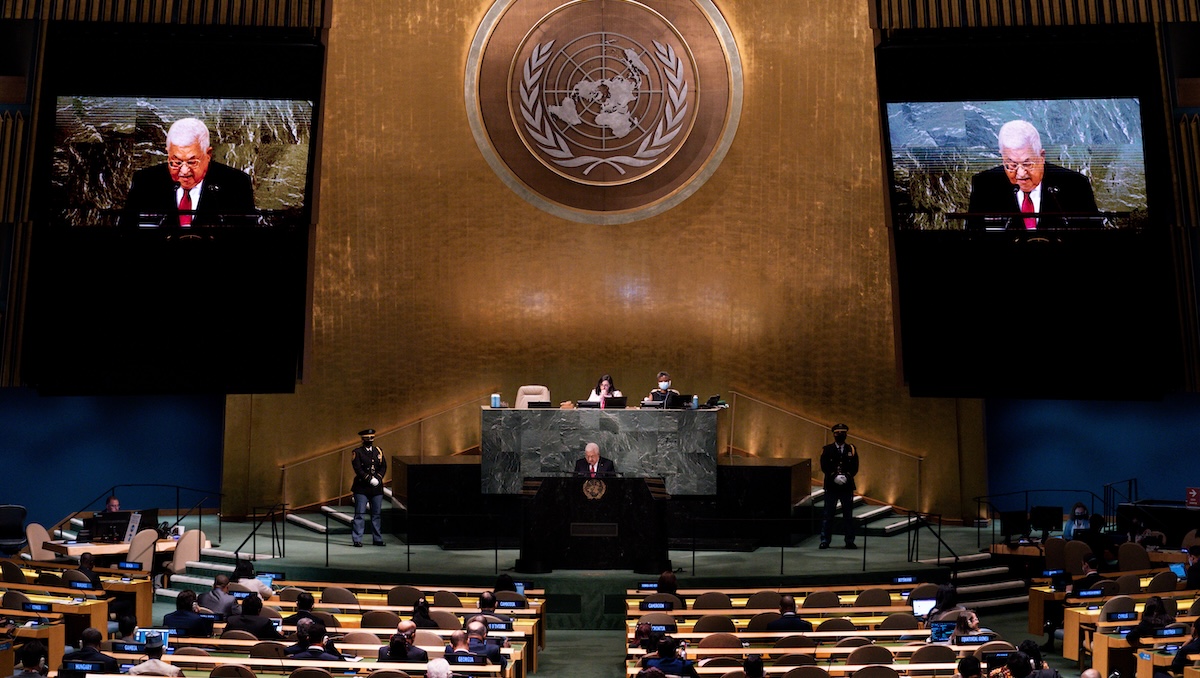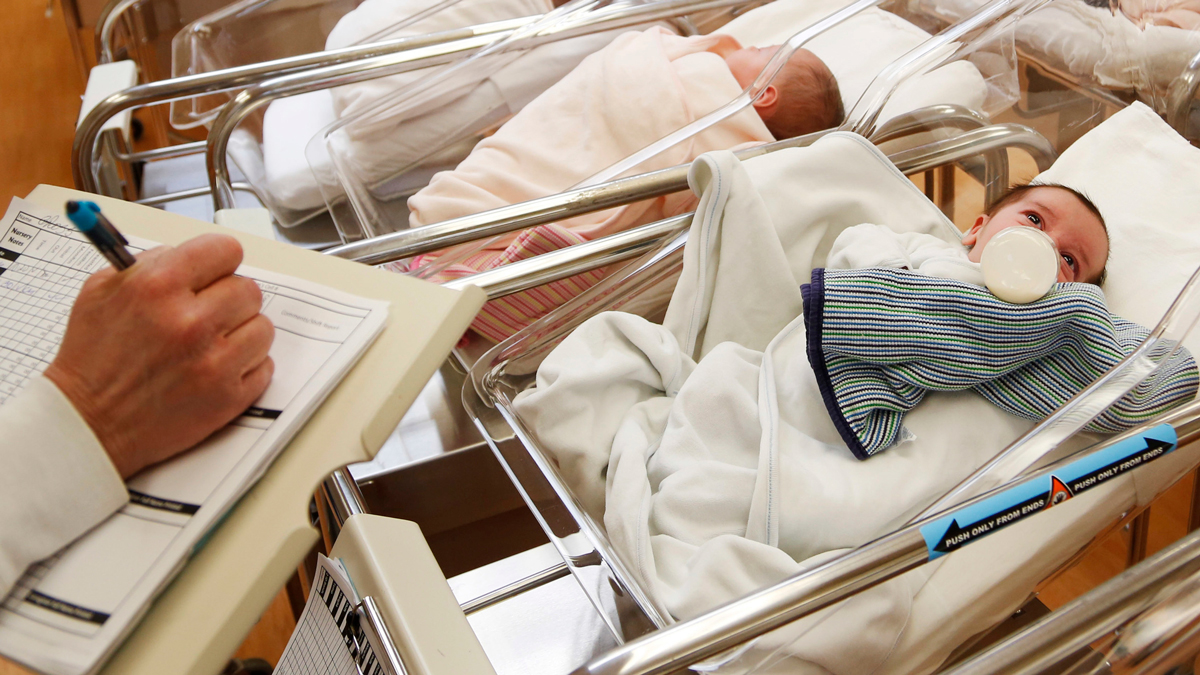The National Weather Service has cancelled the flash flood watch for Los Angeles County.
Scattered showers will continue overnight, however rainfall rates are no longer expected to be high enough to cause a significant risk of flash flooding or mudflows in recent burn areas.
A voluntary evacuation order had been in effect for Glendora Wednesday night as forecasters said they expect light to moderate rain until late into the night.
City planners did not think the intensity of the rain will be enough to trigger debris flow but it was enough to stay on guard.
The orders were for a neighborhood of about 800 homes.
Residents were busy removing vehicles and trash bins from streets. They will be directed to an evacuation center if mud starts flowing.
The order came after two days of rain prompted flash flood watches. The late-fall storm shattered rainfall records across drought-stricken Southern California and forced evacuations in some communities.
U.S. & World
In Riverside, a downpour sent mud flowing into several backyards Wednesday night. The mud was at least 3 inches thick in some areas, with some locals frsutrated at a lack of help from authorities.
"They said they had an emergency crew, but I have not seen the city emergency crew. I have not seen anybody come to help," resident Pete Kallinger, whose yard was covered by up to 3 inches of mud in places, said.
Flash floods also made a mess in Norco, where crews worked to shovel mud off roadways.
Flood advisories had been extended into Wednesday night as subtropical moisture continues to spread across the region.
The rains Wednesday followed heavier downpours on Tuesday that prompted authorities to extend flood watches issued for neighborhoods near hillsides stripped of vegetation by wildfires.
One area was Glendora below where the Colby Fire burned.
"I almost slept with my pants on in case I had to run," said Glendora resident Lenny Seely. "We were just worried."
Forecasters expected rainfall rates Wednesday of a half-inch per hour and three-quarters of an inch per hour in some places. Up to 6 inches of rain might fall in some areas by the time the storm moves out early Thursday.
Expect high surf along the coast and a high risk of rip currents.
Several rainfall records fell Tuesday as Southern California received more rain in one day than the region has seen over the past nine months. Records included 1.21 inch in downtown Los Angeles, eclipsing the record of 1.10 inch set in 1961. Long Beach (1.04), Lancaster (1.14) and Palmdale (1.20) also reported records.
In Camarillo Springs, about 50 miles northwest of Los Angeles, gushing water and muddy debris began pouring from hillsides Tuesday, forcing the mandatory evacuation of about 75 homes for much of the day. The order was lifted around 6 p.m., but authorities urged people to stay away voluntarily.
A handful of residents huddled at a nearby church as they waited to learn the fate of their homes and bemoaned a string of bad luck that began with a wildfire that burned the area more than a year ago.
The neighborhood is the same in which a debris flow last month trapped residents in homes and led to a search for a missing dog. The dog was found the next day.
Geologists who examined the hillside Tuesday determined that the soil was stable. Dry ground likely never completely absorbed all the water, so the soil was not saturated to the point of giving way.
"The hill is stable," said Capt. Barry Parker, of the Ventura County Fire Department. "Right now, the major concern would be the water runoff due to the Springs Fire about a year ago."
In Orange County, roughly 100 miles to the southeast, about 60 homes in rural Silverado Canyon were under a voluntary evacuation notice. The area burned over the summer and has been the site of previous mudslides, including one that killed a girl in 2005 and another in 1969 that killed six people who sought shelter in the fire station.
Residents worked together to evacuate large animals, and those who chose not to leave gathered in the tiny town's lone cafe to wait out the rain and keep warm.
"We have to take this seriously because we don't know what's going to happen," longtime resident Connie Nelson said. "We'll just deal with it as it comes. We take care of people up here."
Traffic incidents nearly doubled over last Tuesday's total. From 7 a.m. until 8 p.m. Tuesday there was a total of 172 collisions, compared to 84 during the same time period last week, according to the California Highway Patrol.
Big rig crashes were reported Tuesday night on the 5 Freeway in Glendale and 210 Freeway in Pasadena. The westbound 210 and the eastbound 134 to the westbound 210 reopened just after 3 a.m.
In Anaheim, part of a big rig dangled over the side of a 91 Freeway overpass near State Route 55.
Between midnight and 6 a.m. Wednesday, the CHP reported 46 collisions. Twelve collisions were reported during the same period Nov. 26.
Despite hours of rain, the storms will not provide nearly enough precipitation for significant improvement in the state's three-year drought. California's dry spell has left the Sierra Nevada snowpack -- which counts for most of the state's water supply -- at just 24 percent of normal for this time of year. Los Angeles, like many communities, has had less than half of the usual rain in 2014.
"We can't just do it in one storm because it took so many years to get here," said NBC4 forecaster Crystal Egger.
Gov. Jerry Brown declared a drought emergency in January and called on residents to reduce consumption by 20 percent. As the storm blew in, new state data was released showing Californians aren't meeting his goal: Statewide water usage was down just 6.7 percent in October.
Nearly 80 percent of the state is under extreme drought, the second most severe category listed by the U.S. Drought Monitor. One year ago, about 28 percent of the state was under the severe drought category.
Significant drought relief would likely require a strong El Nino system, the tropical Pacfic Ocean phenomenon that affects weather patterns. Strong El Nino systems draw moisture into California, but a weak system probably would not generate enough rainfall this winter to significantly improve drought conditions.



